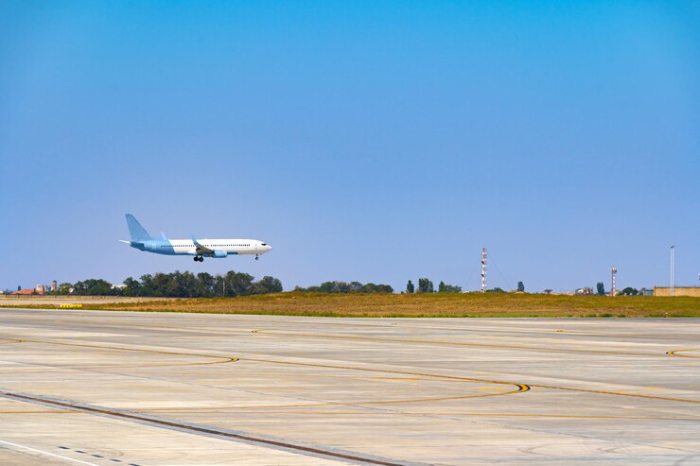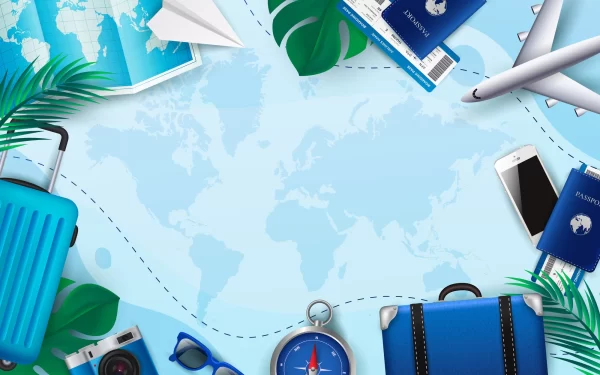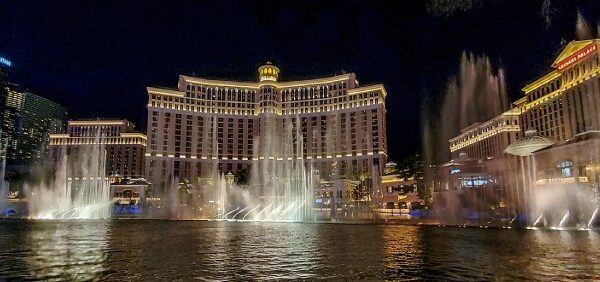Exploring the Hidden Gems of Cayman Islands Airport

A trip to the Cayman Islands is a once-in-a-lifetime experience that offers value far beyond its cost. Whether you’re new to the Caribbean or a seasoned traveler, understanding how to navigate and explore this island paradise’s breathtaking landscapes and vibrant culture is crucial to ensure an unforgettable visit.
Apios Priceana
Skip the long lines at the crowded Cayman Islands airport and opt for the swift and personalized experience of Apios Priceana. Enjoy stress-free meet-and-greet services, expedited customs clearance, and a luxurious car waiting to whisk you to your island paradise.
The Cayman Islands are home to dazzling natural wonders, uncrowded beaches, and a vibrant culture. This hidden gem has something for every traveler- a luxurious escape to a secluded island retreat or a thrilling adventure among the reefs.
While the immaculate beaches of Grand Cayman attract visitors worldwide, the island’s thriving food scene, one-of-a-kind hotels, and unforgettable outdoor activities keep travelers coming back. Located south of Cuba, Grand Cayman is a Caribbean treasure with endless ways to enjoy the sun, sea, and sand.
Owen Roberts International Airport (ORIA) is the primary gateway for Cayman Islands travelers. Located in the capital, George Town, the airport is near Seven Mile Beach, the main driver of the Cayman Islands tourism industry.
ORIA is located in the heart of the islands, near shopping, dining, and cultural attractions. The General Aviation Terminal (GAT) caters to private aircraft and is managed by Island Air, the sole fixed-based operator at the airport.
The Cayman Islands National Gallery
The Cayman Islands is home to two international airports – Owen Roberts International Airport (code GCM) on Grand Cayman and Gerrard Smith International Airport on Little Cayman (code CYB). Both serve flights from major cities in the US and Canada.
The National Gallery of the Cayman Islands is a vibrant arts organization devoted to supporting and encouraging art practice in the islands. It fulfills this mission through exhibitions, education/outreach programs, and community arts events. A comprehensive national collection, a public art library, and stunning sculpture gardens complement this. Up to eight annual exhibitions feature work by Caymanian artists and visiting curators and organizations.
A beautiful modern gallery set amongst a serene landscape, the National Gallery is the perfect place to relax and take in some culture while you wait for your flight. Wander around the Sculpture Garden and grab a coffee break or lunch at the Café. And don’t forget to pick up a Cayman-produced memento from the Gallery Shop.
Peak tourism season in the Cayman Islands runs from December to April when it’s typically warm and dry. But if you’re looking for lower prices and less crowds, consider traveling during the off-season from June to November. This is when the weather can be a bit more humid, with a higher rainfall risk.
The Siren of Sunset Reef
The Cayman Islands are a top Caribbean destination for tourists, but there is much more to this beautiful island than the sand and sea. These hidden gems in Grand Cayman can take your travels off the beaten path, from a botanical park and a natural cave to a secret movie theater.
The ocean is a mecca for divers and water sport enthusiasts in the Cayman Islands, with crystal clear waters and abundant sea life. But plenty of unique experiences can only be found under the waves, like a 9-foot mermaid and an underwater statue.
Located near Sunset Reef, this artificial underwater sculpture is a must-see for mermaid lovers. Known as Amphitrite, Siren of Sunset Reef, the statue is the work of Canadian sculptor Simon Morris. The mermaid is a popular attraction for photographers and will delight ocean-goers visiting the Cayman Islands.
The Cayman Islands are accessible from various destinations, including the United States, Canada, and Europe. A passport is required to enter the Cayman Islands, but the process is generally smooth and quick. The best time to visit the Cayman Islands is during the beginning and end of the off-season when prices are lower. This allows travelers to experience the best of Cayman without the crowds that often plague famous beaches like Seven Mile Beach.
The Blue Hole
The Blue Hole, a circular marine sinkhole, earns its name from the beautiful turquoise color of the water that fills it. It’s also known as Dean’s Blue Hole, named after the professional freediver who first dove into it. Although it’s not suitable for beginners, it’s a fantastic site to explore for divers of all levels, with its rich underwater forest and flourishing coral reef.
Snorkelers can enjoy exploring the rims of the Blue Hole, too. It’s a stunning spot to see teeming marine life, such as Nassau Grouper, Amber Jack, and French Angel Fish. You’ll also have a great chance of seeing Southern Stingrays and even giant sea turtles.
A visit to the Blue Hole is fascinating if you’re a snorkeling or diving enthusiast, as they have many similarities. Typically, they’re circle-shaped and feature dramatically steep walls resulting from limestone erosion from rainwater. The Cayman Islands are home to nine blue holes and can be explored by snorkelers and scuba divers.
The Cayman Islands are easily reachable with direct flights from the US mainland. The islands are a popular destination for the so-called “Mountain West” of the US, and flights to Grand Cayman are increasing.





